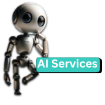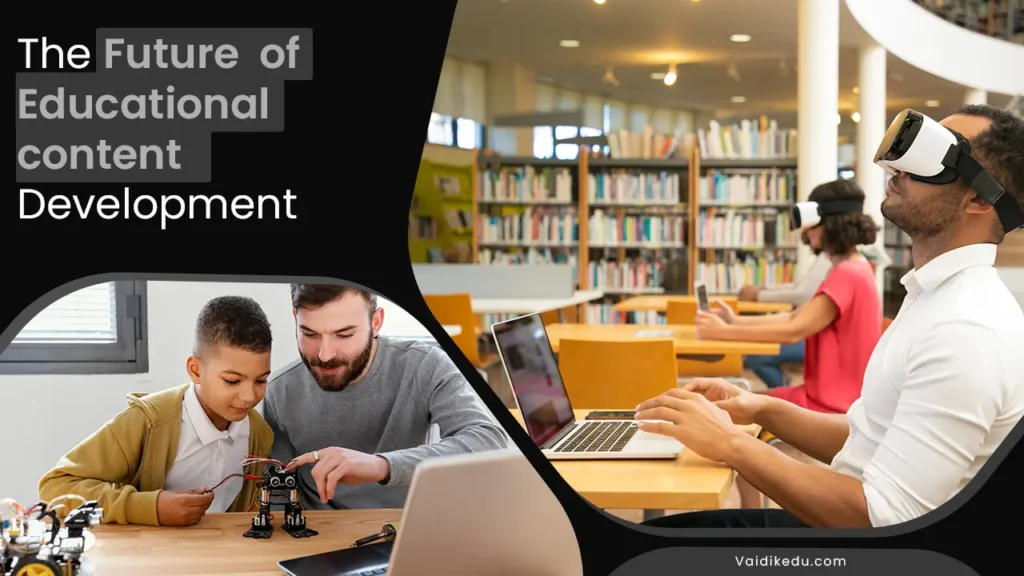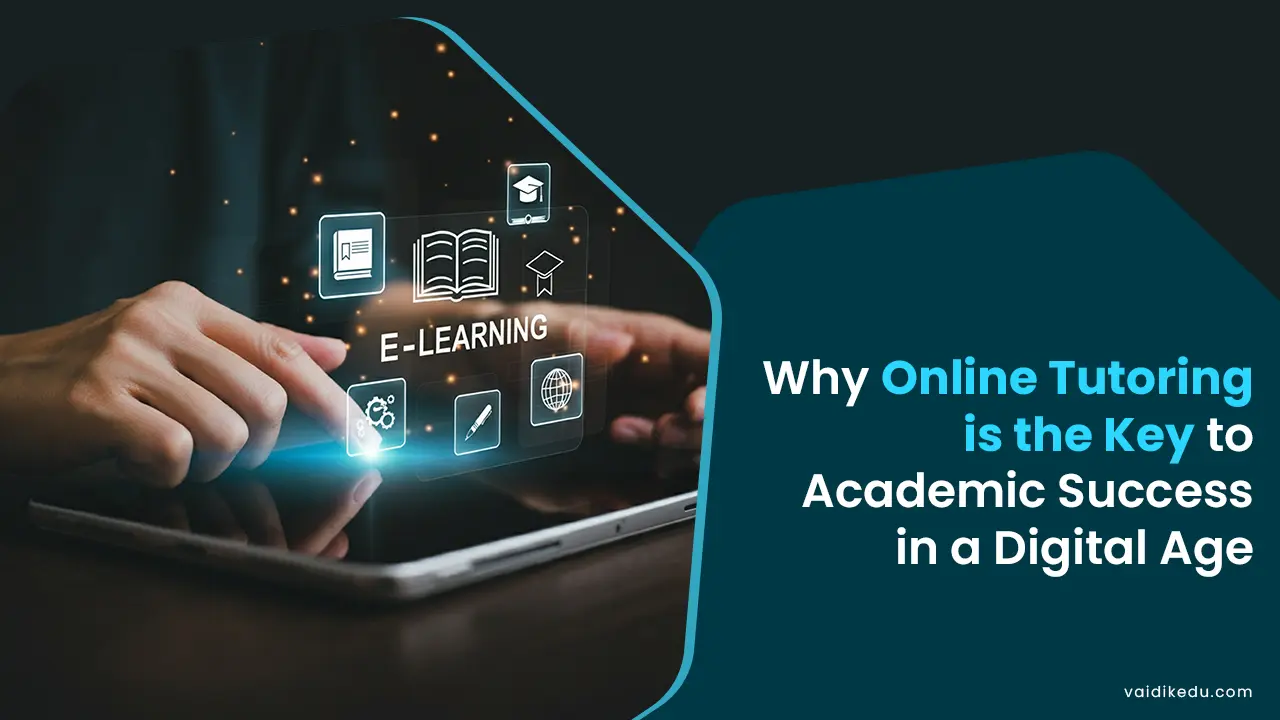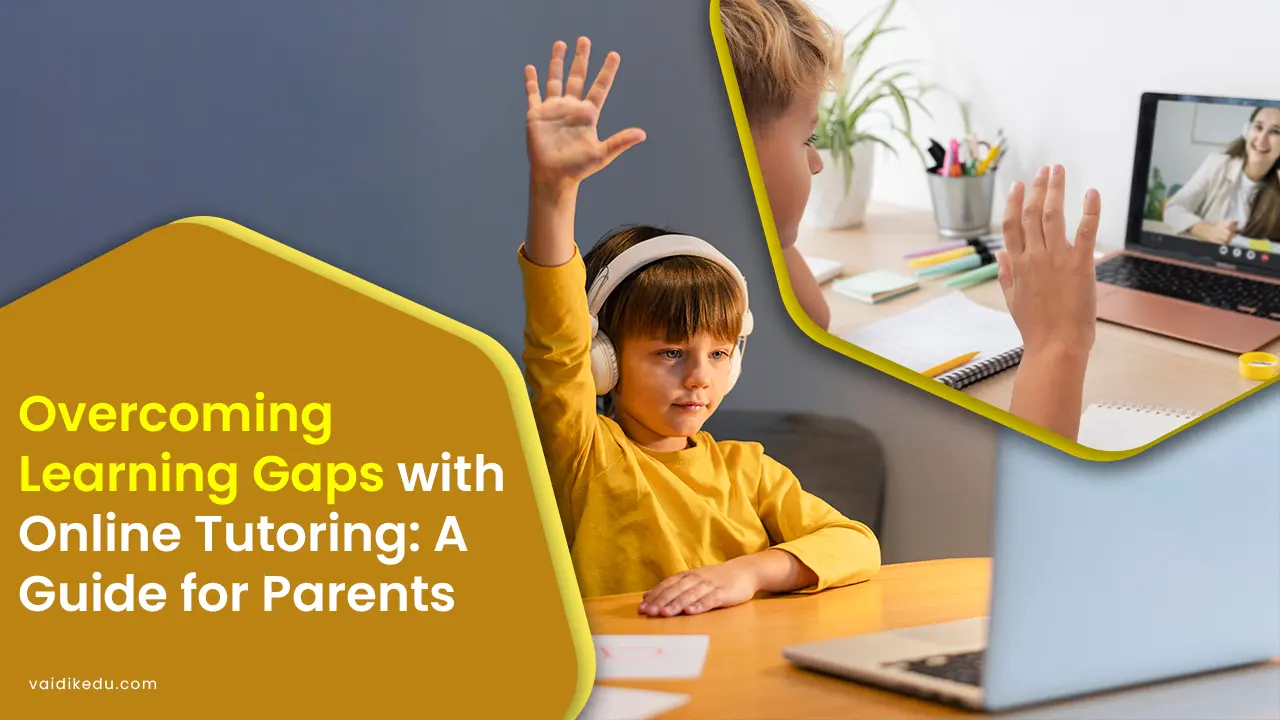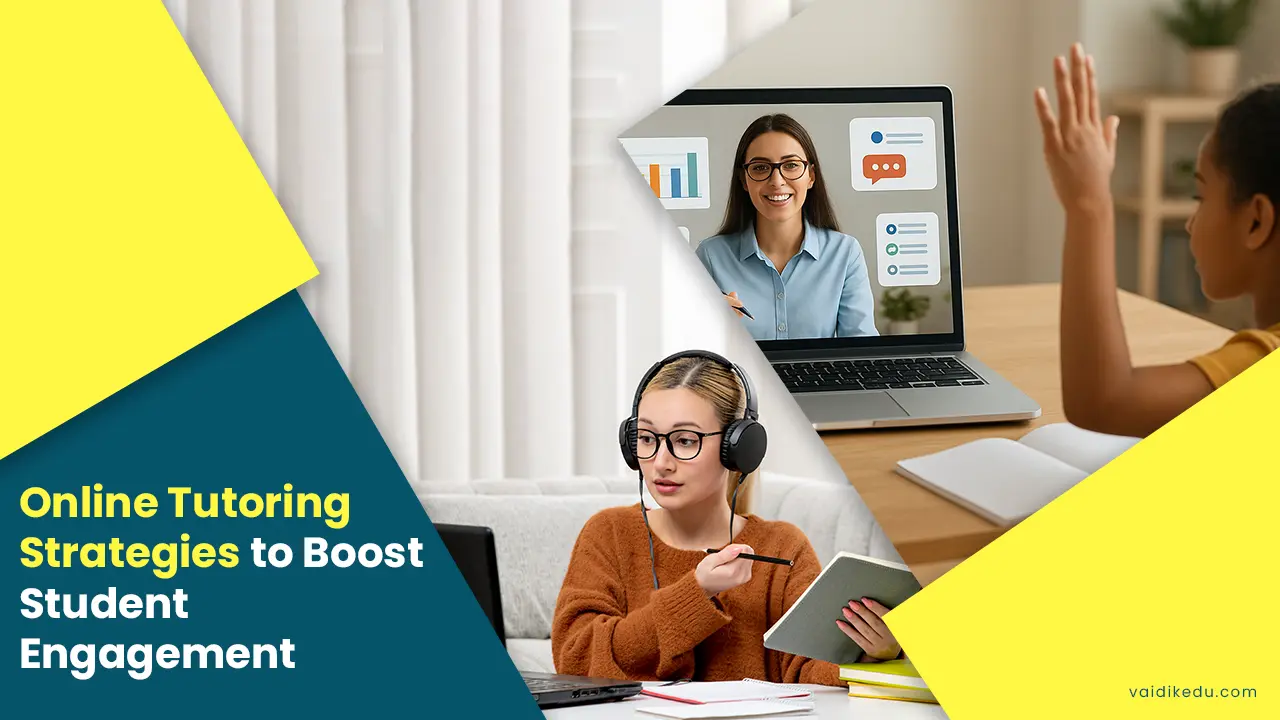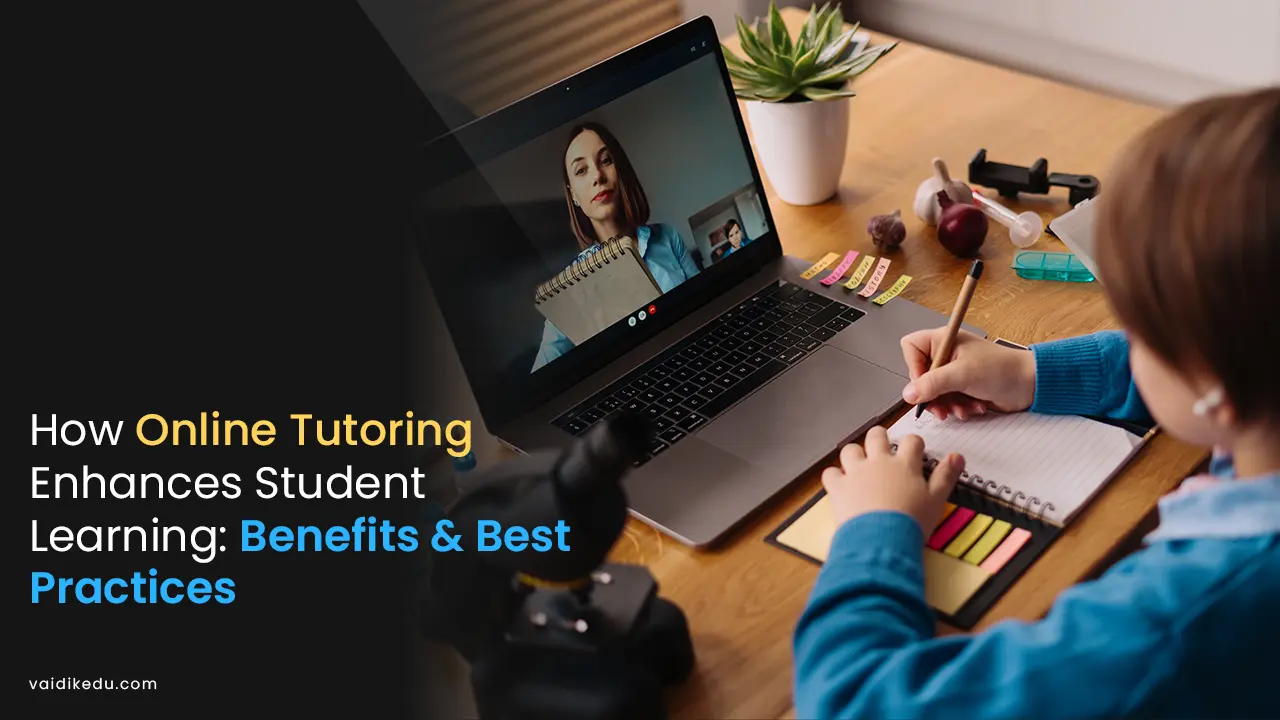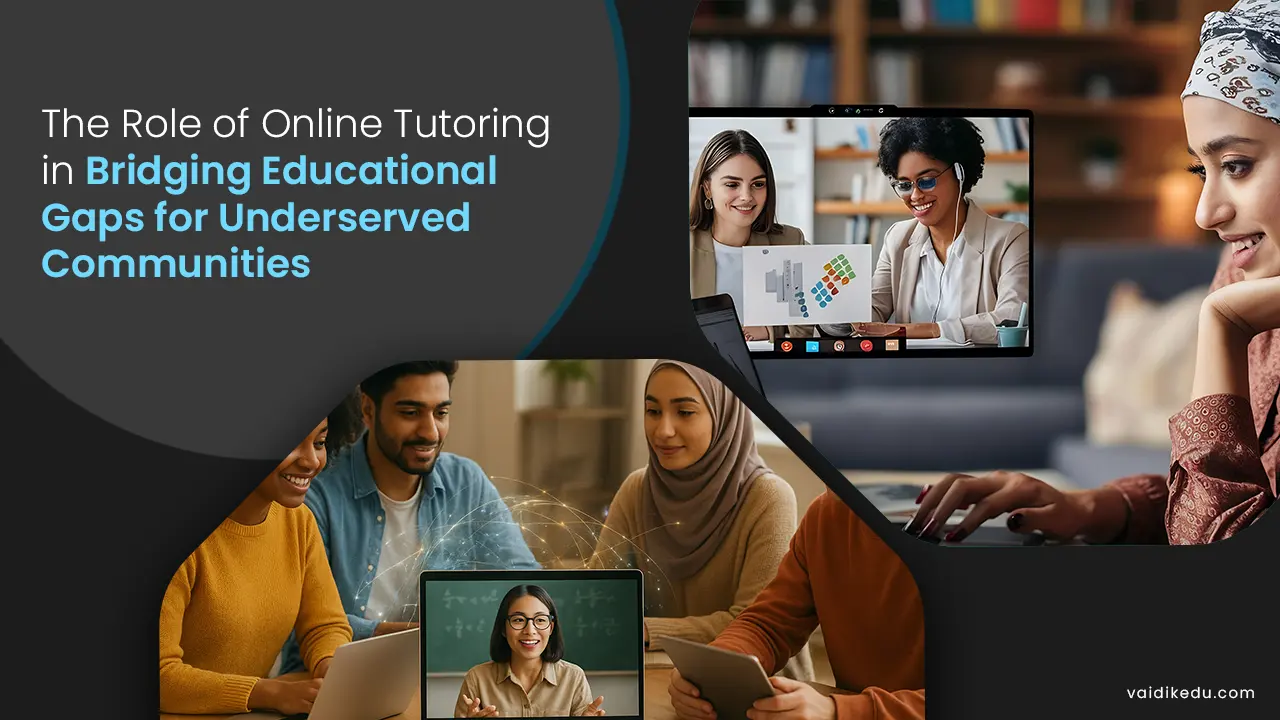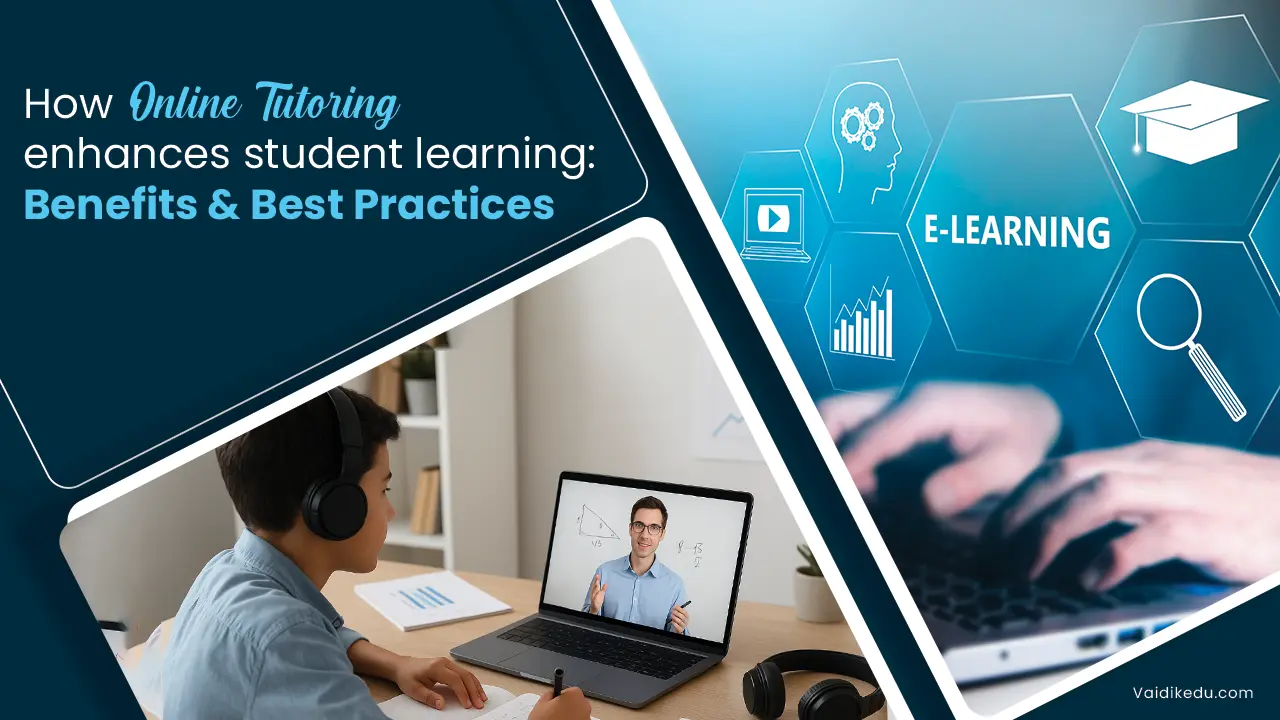Today, it is a different scenario in content development for educational purposes. In a very rapid technological advancement period and with learners’ changing requirements, digital instruments in education increasingly create a changed form of learning content development, dissemination, and consumption patterns.
The whole age-old textbook instructional format is being questioned by interactive multimedia-based and individualized learning environments. With the advent of online education, gamification, artificial intelligence, and virtual reality, the educational content development industry is on the cusp of a revolution that will redefine how knowledge is imparted to students.
This blog introduces you to all the important trends dominating educational content development, be it through the deployment of immersive technologies such as virtual and augmented reality, embedding artificial intelligence as well as machine learning into their very processes, all while investigating and tracking the many transformations taking place with regards to the education content through all these advancements.
Best Practices And Trends in Educational Content Development For 2025
1. Personalized Learning As Well As Adaptive Content
One of the most significant trends in educational content development for 2025 is the move toward personalized learning. With the rise of AI and data analytics, educational content can be tailored to meet the individual needs of students, ensuring a more effective and engaging learning experience.
- AI-Powered Content Customization
AI-powered systems are already being used to analyze students’ learning patterns, preferences, and performance to provide personalized content. These systems can analyze the strengths and weaknesses of a student, adjust the learning pace, and suggest customized resources that meet the needs of the learner.
We will see even more advanced algorithms that will track academic progress but also suggest the best methods of learning, whether through text, video, interactive simulations, or games. Personalized content will allow for more efficient learning by ensuring that each student’s unique needs are met.
- Adaptive Learning Platforms
In addition to AI-driven content, adaptive learning platforms are set to grow in popularity. These platforms continuously change the level of difficulty in the content based on how the student is doing. For example, if a student appears to be having a problem with a specific math concept, the system will establish remedial materials and gradually reintroduce the concept again in a more digestible format. This allows a child to progress at his or her own pace, mastering each topic before moving forward.
2. Gamification And Interactive Learning
Another trend that will be at the forefront of education content creation is gamification. Educators can offer education as made alive, like through game mechanics and principles, to make learning more engaging, interactive, and fun.
- Game-Based Learning
Game-based learning, or GBL, refers to the new approach to learning through interactive, competitive, and immersive games when teaching history, math, language learning, or science. A student is highly motivated when the learning process becomes a rewarding activity where one earns prizes, compares with peers, and monitors improvements in real time. We will face even more expansive varieties of game-based learning tools, from problem-solving to challenges based on specific subjects.
- Interactive Content Creation
Within educational content, the concept of gamification will extend to include interactive content, including quizzes, simulations, and virtual challenges. Immersive simulations, for instance, enable students to interact with a virtual environment to come to grips with complex concepts.
It is especially useful in fields such as medicine and engineering and environmental science. Interactive experiences enable students not only to absorb information but also how to solve problems and think critically.
- Interactive Content Development
Interactive content like quizzes, simulations, and virtual challenges will be used in educational content beyond traditional games. Immersive simulations, for example, allow students to interact with a virtual environment to understand complex concepts.
This is particularly effective in fields such as medicine, engineering, and environmental science. Interactive experiences allow students not only to retain information but also to develop problem-solving and critical-thinking skills.
3. Immersive Technologies: Virtual Reality and Augmented Reality in Education
Virtual Reality (VR) And Augmented Reality (AR) will be the important change agents in educational content development by 2025. It will provide learning immersion that was previously impossible for users to do with content interactions.
Virtual Reality (VR)
VR can transform the nature of educational content completely. This is by simulating environments, which would seem to replicate the real world in its entirety. Students studying biology could virtually go inside the human body and watch in real time how the circulatory system works.
History students could also virtually experience the historical events: walk through Ancient Rome or see the signing of the Declaration of Independence.
The classroom will see the integration of VR for the student in practicing the real world through practical, applied, and hands-on work to understand complex ideas better. In engineering, medicine, and architecture, for example, this content is excellent since it is practical.
Augmented Reality
AR consists of laying upon real-world digital information using such devices as smartphones, tablets, and AR glasses. This technology enables students to see extra content, like 3D models, text, and videos, overlaid on physical objects or environments.
For example, while anatomy is being studied, one can point his/her smartphone at a skeletal model to see interactive labels and videos explaining the function of each bone. AR will make learning more engaging by merging the digital and physical worlds.
This technology will be found in both K-12 and higher education curricula as access and affordability make AR and VR more accessible and mainstream, providing students of all ages with richer and more engaging learning experiences.
4. Microlearning And Bite-Sized Content
It’s believed that, with shortening attention spans, the demand for microlearning small, targeted chunks of content surges. Accordingly, by 2025, educational content would be designed to be consumed in bite-sized modules, allowing learners to absorb their knowledge on specific topics through short bursts of time.
5. AI-Driven Content Generation
Educational content is being created through AI tools to generate quizzes, tests, and even textbooks. Such tools are capable of sifting through immense data, detecting important learning objectives, and making content that corresponds with curriculum standards. The future AI-driven platforms will become even more advanced, developing very personalized learning materials based on the learning history and performance of a student.
This automation will not only reduce the time and cost involved in content creation but also ensure that the materials are consistently updated to reflect the latest trends and research in various subjects.
6. Collaboration And Social Learning
Content provision in education will also consider collaboration and social learning shortly. More so, in 2025, we may see more varieties of learning platforms integrate the use of collaborative tools to allow students to work on projects, share ideas, and develop further discussions.
Peer-To-Peer Learning
More and more students would be encouraged to engage in peer-to-peer learning on platforms that share insights, raise questions, and help each other understand complex concepts.
This will help enhance the communication skills of the students as well as provide a better understanding of the subject matter. The interactive and supportive learning environment helps the students learn from one another and helps them develop a sense of community.
Conclusion
The educational content development era has entered an excellent time of potential and prospects for the future. With the integration of AI, VR, AR, gamification, and microlearning, educational content will become engaging, interactive, and personalized learning experiences.
These technologies will bring a complete overhaul in the process of learning content creation, delivery, and experience among learners worldwide. From passive learning through 2025, it will now be active and immersive, where it is not just knowledge acquisition but also critical thinking, problem-solving, and collaboration.
Educational content will no longer be a one-size-fits-all kind of thing but rather a dynamic, student-centered experience that adapts to the needs of each learner.
By embracing such trends, educators will ensure students come out prepared in an ever-changing world thus making the inclusive experience among all students involved a more engrossing and effectively learned experience.
Frequently Asked Questions
Personalized learning is an adaptive educational process meant to focus its content according to the needs, strengths, and weaknesses of each learner in the class. Often through AI and Data Analytics, its customization will relate to performance differences.
VR and AR will immerse learning with hands-on and interactive methods in experiencing subjects. Technologies like these enhance understanding in such complex fields as medicine, engineering, and history through virtual environments in which to explore and interact.
Microlearning is the delivery of content in small, digestible chunks, often designed to be completed in short bursts. It allows learners to quickly grasp concepts without feeling overwhelmed by lengthy sessions.
Educational material will be designed by AI; for example, quizzes, tests, and textbooks. This ensures that content development is efficient while learning materials remain relevant to contemporary trends and studies.
Social learning enhances collaboration and peer-to-peer interactions within a learning environment. It enables the students to learn from one another, develop good communication skills, and participate in discussions that can lead to deep understanding.

